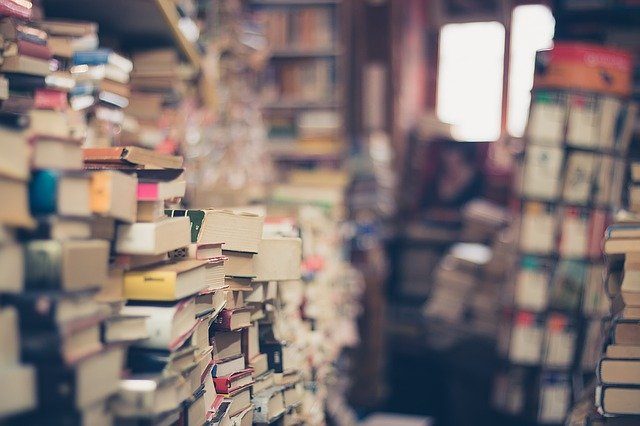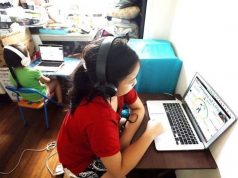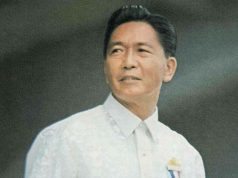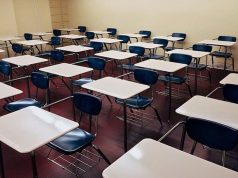A local civil rights group raised alarm over sore spots in the Philippines’ education system on the occasion of International Literacy Day on Tuesday, September 8.
UNESCO or the United Nations Educational, Scientific and Cultural Organization declared September 8 as the International Literacy Day in 1996 to promote the importance of literacy to individuals and societies.
The theme this year is “Literacy teaching and learning in the COVID-19 crisis and beyond.”
Literacy and education problems in the country
The E-Net Philippines, a network of organizations that advocate for quality education, urged the national government to revisit educational and literacy goals, hoping that “no one is left behind” amid a raging coronavirus pandemic.
“The pandemic has certainly disrupted society’s normal functions, and is disproportionately affecting marginalized sectors and the learners. It has exposed the weaknesses and limitations of the current literacy system. It is high time to revisit its strategic goals of providing inclusive, equitable and quality education so as to ensure that ‘no one is left behind in education,’” said Flora Arellano, president of E-Net Philippines.
Arellano also stressed the importance of investing in public education to help Filipino parents who are trying to cope from financial losses following months of lockdown.
“It is also an opportune time to review the appropriate theories and practices of literacy teaching and learning. By investing in public education, we would influence the development of learners to become more productive and responsible citizens; and yield a high rate of return to our society towards building a better, new normal,” she said.
Citing the latest data from the Department of Education, there are a total of 24,199,478 enrollees nationwide, wherein the majority or 22,153,731 are in public schools and 1,995,529 are in private schools.
E-Net Philippines said these enrollees are still short of 3.5 million learners from last school year’s 27.75 million.
These figures are also 15 million fewer than the 39.2 million school-aged Filipino children, citing data from the Philippine Statistics Authority in 2017.
The organization also noted the low proficiency rate of Filipino students in the Philippines.
According to the 2019 Philippines Programme for International Student Assessment, over 80% of students failed to reach the minimum level of proficiency in reading, and only 19% of 15-year-old Filipino students achieved minimum proficiency.
Moreover, there are still students who continued to be left far behind in educating such as Muslim learners, indigenous youths, young people in conflict with the law and learners with disabilities.
Arellano hoped the government would fulfill its mandate and commitment in providing safe and quality education to Filipinos.
“We call on the government to fulfill its commitment in providing inclusive, equitable, safe and quality education, in which literacy programs are thoughtfully embedded. We also call on all Filipinos to join us in advocating for creative, alternative solutions to learning, and reforms and improvements in the education sector,” she said.
Calls to suspend the academic year and requests for cash donations still dominate education-related conversations on Facebook and Twitter following the opening of classes in colleges and universities last month.
Primary and secondary schools, meanwhile, will start on October 5.
Both the DepEd and the Commission on High Education pursued the resumption of classes this month despite the risks of inequality in access.
Related government agencies explained that an alternative distance or flexible learning system will be implemented in educational institutions and schools, and no face-to-face classes will be conducted, as President Duterte ordered.










